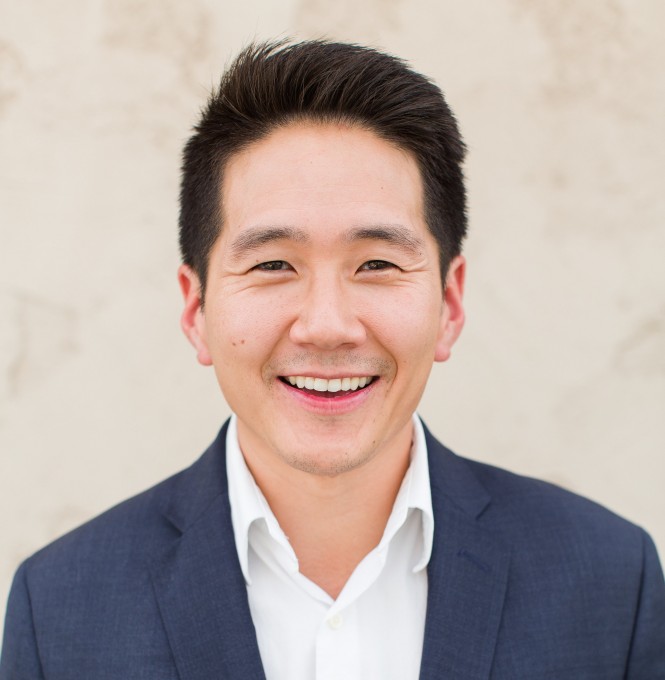There is so much that we can offer and do for our patients utilizing the CEREC & Galileos. The greatest advantage is the ease, planning, and predictability the integration offers for implant placement. These procedures (whether single or multiple units) are now a stress-free appointment, and something that we, as general practicitioners, can perform. I'm no Farhad Boltchi by any means, so I only tackle the cases that I am confident and comfortable with. The following case is probably the most challenging case I've treated so far and was completed last month. The surgical and restorative phases were all completely in my office.
The patient is 63 years old, and he presented with rampant decay and periodontal issues in the few remaining teeth that he had. His primary goal was to be able to eat a steak again. Because of the hopeless condition of his teeth and in order to achieve optimal esthetics and function, we decided on extracting all of his teeth, and based upon his finances, he elected to proceed with implant-supported overdentures. We started the planning in October 2014, performed the surgery in November 2014, and restored the case in July 2015.
The planning involved comprehensive oral examination, radiographs/3D-scan, study models, facebow transfer/Sam3 articulator and digital photographs of the patient (intraoral/extraoral). All these were used to aid in a FGTP (Spear) approach.
The surgery was performed in 2 separate visits (upper arch versus lower arch and 3 weeks apart from one another). Because the patient's remaining teeth were stable, I was able to use a tooth-supported optiguide. So, we actually placed the implants first, then removed the teeth, performed about 2-4mm of bone reduction and grafted (in that order). Immediate dentures were delivered to the patient.
The restorative phase involved remounting the case using a new facebow transfer. From there, we fabricated new U/L overdentures using locators and improved/corrected any esthetic/functional concerns that were present in the immediate dentures.
The patient was very happy with his new teeth and could not believe he could smile without inhibition, talk with confidence and eat without pain. This case has probably been one of the most rewarding cases I have done so far. If it were not for the CEREC-Galileos integration, I definitely would not have been able to.





 John Yu
John Yu 